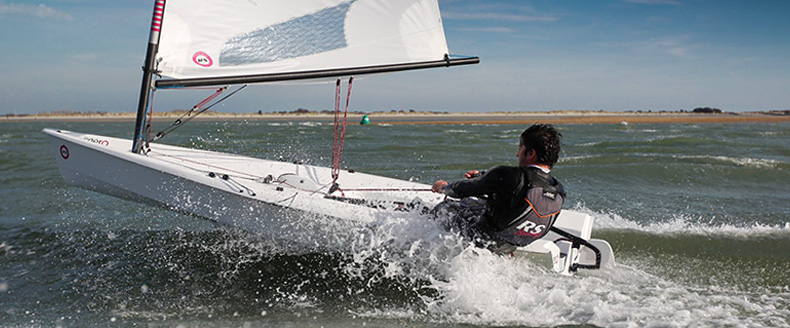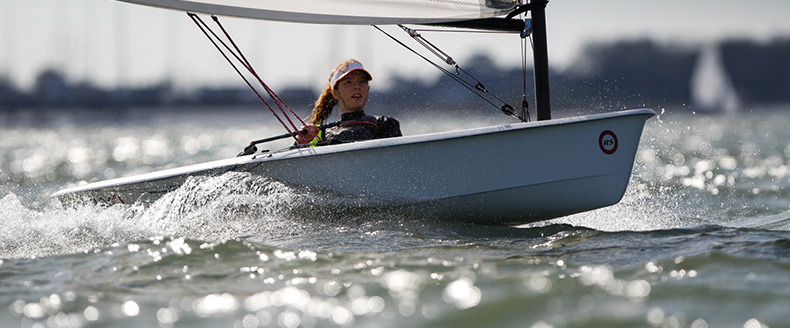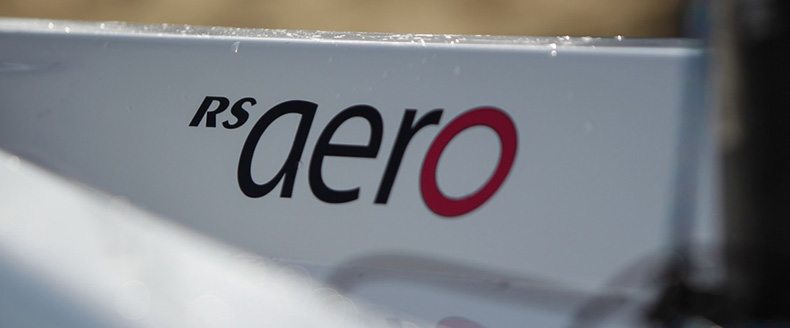
Welcome to the International Class Association website for the RS Aero. Here you will find all there is to know about the RS Aero including the latest news, how to register your boat, and links to relevant documents.




| Home >> Technical >> Batten tension |
Reply
Thanks for the points Peter - quite a lot to think about!
Can you clarify the point about downhaul please - I have a recent sail with the bungee luff cord - are all sails fitted with this? - and does it make a difference to the advice you've given? (You can see where I'm going with this > how "slack" is slack!)
Reply
Overly tight battens will be harder to flick through in manouvers. They may also hook the leach hindering the generation of good inverse flow when sailing by the lee downwind. If in doubt then you are likely best slackening them off, but not so slack that they may fall out of the webbing retainers.
Reply
I had more wind today and since I've increased the cunningham a bit, the batten problem seemed much better. Only one or two times did I need to pump, so I think I've sorted it for now.
Given the bungee cord in the sail luff, it looks like you need quite a bit of Cunningham to reach the "standard powered sail" position for lightish wind: rather more than "just taking the slack out of the control line" approach
Reply
Reply
Thanks David. I'll have to try this. So basically more cunningham than none (which is where I was last night in the tiny breeze at HOAC).
I will certainly try to make a chance to pop down the road to Broadwater soon. A bit tight for time at the mo. sadly.
Reply
Reply
Reply
I know this one is a bit cold...
really in response to IanF's comments
Reply
Reply
Reply
Tighten the Cunningham and then give it a good hard yank. That should pp the top Batten over.
Alan.S 1150
Reply
Reply














